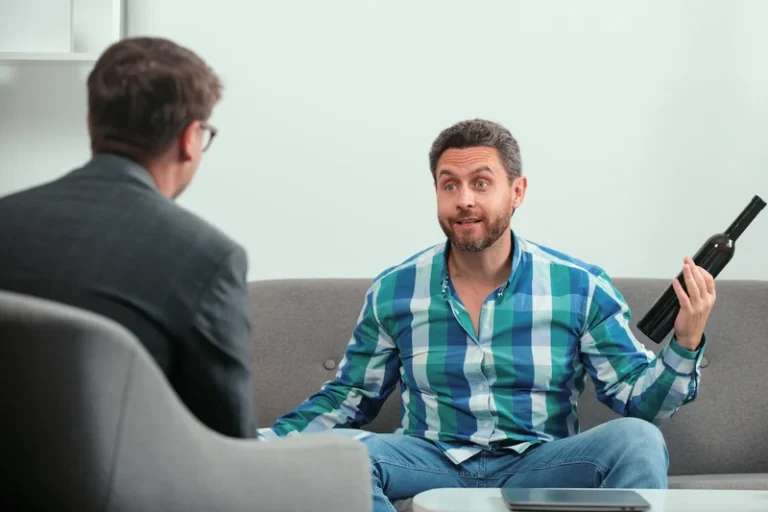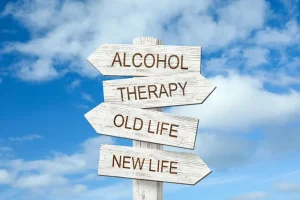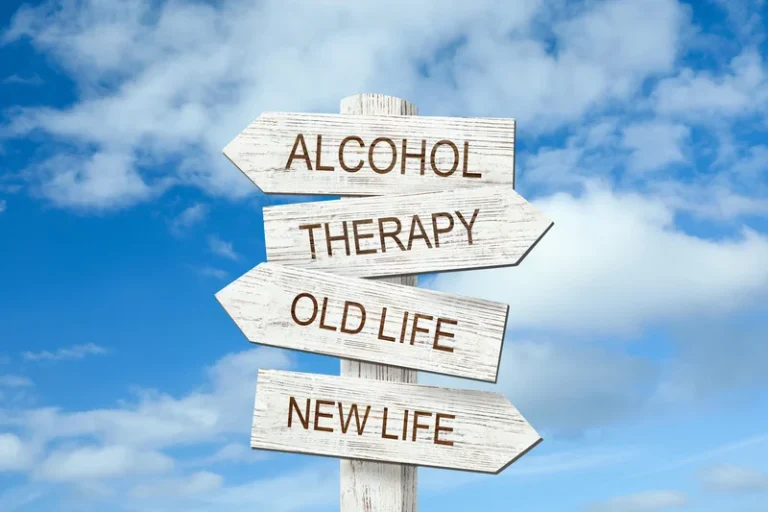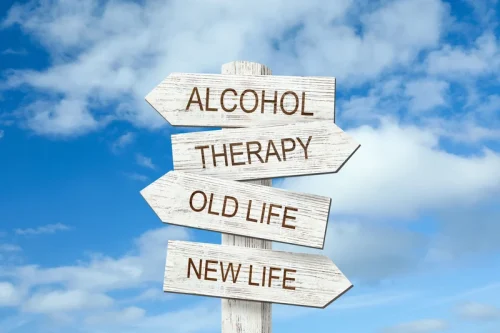
Finding a treatment center that fits your needs can be an important part of recovery from opioid addiction. In this article, we’ll explore different treatment options and what to expect when seeking care. Whether you’re looking for help for yourself or a loved one, understanding the process can make taking that first step feel less overwhelming. Approximately 3% to 19% of people who take prescription opioid medications develop OUD.

Care at Cleveland Clinic
The Substance Abuse and Mental Health Services Administration (SAMHSA) reports that medications for OUD are safe and effective when used appropriately and should be offered to anyone with OUD. News of the opioid crisis in the United States has garnered headlines for years. Opioid misuse and overdoses have devastated families and communities across the country. If you have an opioid (also called a narcotic) addiction, you know that a list of these symptoms doesn’t capture the agony of going through them. People experiencing SUDs have trouble controlling their drug use even though they know drugs are harmful.
Are medications for opioid use disorder safe to use during pregnancy and breastfeeding?
Multiple barriers to change within the treatment system undermine access to care. There are many opportunities to address these barriers, increase the number of people receiving treatment and save lives. Taking advantage of these opportunities should be an urgent priority for all concerned about the opioid epidemic.
Treatment programs typically last between 30 and 90 days but can vary depending on your needs.
- Novel approaches to diminish these weaknesses will help inspire a generation of trainees and practicing clinicians to address the challenge.
- People misusing opioids may try to switch from prescription drugs to heroin when it’s easier to get.
- In a study of general internists, one-third believed SUD are a choice and therefore different from other chronic diseases 16.
Once you finish a treatment program, it’s important to have resources in place to help you continue with the progress you’ve made. This may look like transitioning from an inpatient treatment facility to an outpatient program. It can also look like finding local recovery meetings to attend regularly so you continue to have a support system and accountability.

Clinical Trials
The higher of these figures is more than three times more than the entire annual discretionary set of grants the Department of Health and Human Services provides. Medicaid has spent increasingly large amounts of money on the treatment of OUD. KFF reported that Medicaid spent $9.4 billion on treatment of opioid use disorder in 2013. There have been large increases in Medicaid-funded treatment of OUD since then. The Bipartisan Policy Center opioid task force estimated that in 2019, Medicaid spent $23 billion, and that figure has surely continued to grow as more states have expanded Medicaid and the opioid epidemic has continued. Updating the 2019 estimate by applying the growth in the Consumer Price Index and the actual number of people treated implies Medicaid spending of about $29 billion in 2023.
CBT focuses on changing the way you think about a situation, dispelling unrealistic and unhelpful thoughts. This helps you feel differently and make your behavior healthier and more realistic. “FDA approves first buprenorphine implant for treatment of opioid dependence.”
Methadone
Through CBT, you can unlearn negative thoughts and behaviors and learn to adopt healthier thinking patterns and habits. Cognitive behavioral therapy (CBT) is a structured, goal-oriented type of psychotherapy (talk therapy). Research shows that mental illness may contribute to substance use disorders, and substance use disorders can contribute to the development of mental illness. This neurotransmitter both decreases your perception of pain and creates feelings of euphoria. You may have a strong desire to continue using opioids to continue the feeling.
- All this is why there’s an increasing need for nonprofits like Hajee House that can provide information and a low-barrier access to services in the Black community, Carter said.
- Centers tailor therapy treatment plans to meet individual needs, ensuring the best possible outcome.
- Some programs focus on people under 18 years old, while others are exclusively for adults.
- News of the opioid crisis in the United States has garnered headlines for years.
- These guidelines help evaluate a patient’s clinical needs and situation to match them with the right level of care, in the most appropriate available setting.

These include traditional health care settings, such as primary care offices, opioid addiction treatment emergency departments, and specialty SUD treatment settings. Our recommendations also address settings where vulnerable populations are likely to need access to treatment, such as jails and prisons. Obstacles and barriers to treatment exist for other special populations such as adolescents, pregnant women, indigenous peoples, elderly people, and people with comorbid HIV.
The role of Medicaid in addressing the opioid epidemic
By interfering with the “high” that opioids and alcohol provide, naltrexone diminishes the cravings for the substances. But when used under medical supervision, they can help treat the serious withdrawal symptoms and cravings experienced by people with OUD who use other opioids, such as oxycodone Substance abuse and hydrocodone. It takes much more than willpower to break free of prescription drug misuse, but you can escape the cycle of detox and relapse.
